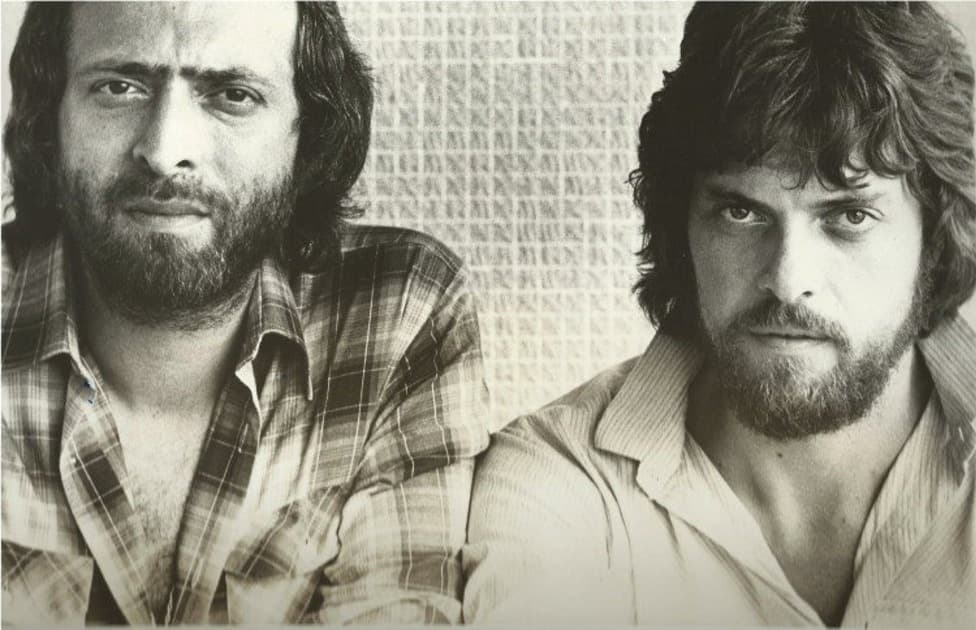
The Alan Parsons Project – “Eye in the Sky”: A Haunting Anthem of Surveillance and Betrayal
Few songs capture the eerie intersection of power, mistrust, and omnipresence as chillingly as “Eye in the Sky”. Released in 1982, this haunting masterpiece by The Alan Parsons Project became their most commercially successful track, a hypnotic blend of progressive rock sophistication and radio-friendly pop allure. With its smooth, atmospheric instrumentation and introspective lyrics, the song transcends its era, remaining just as compelling and relevant in an age defined by surveillance, secrecy, and unseen forces controlling our lives.
At the heart of “Eye in the Sky” is its unsettling theme—one that resonates with personal relationships as much as it does with larger societal concerns. Eric Woolfson’s lyrics explore betrayal, deception, and the sensation of being watched, whether by a lover, a powerful institution, or some omniscient force beyond our control. The song’s title and recurring phrase, “I am the eye in the sky, looking at you, I can read your mind,” suggest an almost Orwellian presence, evoking the idea of constant observation, silent judgment, and the inevitability of truth being revealed.
The song begins with a steady, mesmerizing rhythm, introduced by a warm yet distant electric piano. This subtle pulse establishes an almost hypnotic effect, drawing the listener into a world of quiet surveillance and emotional detachment. Woolfson’s vocals—calm, detached, yet tinged with quiet menace—perfectly embody the voice of someone who sees all but chooses to remain removed. There’s a resignation in the delivery, as if the narrator has already accepted the inevitability of deception and is simply stating the facts rather than expressing raw emotion.
Musically, “Eye in the Sky” is a marvel of restraint and precision. Alan Parsons, the legendary producer behind Pink Floyd’s The Dark Side of the Moon, constructs an ethereal soundscape that feels at once intimate and vast. The steady drumbeat anchors the track, while layers of synthesizers and understated guitar lines create a dreamlike quality. The melody is undeniably beautiful, yet there’s something cold and distant lurking beneath its surface. This juxtaposition—of warmth and detachment, of human emotion and mechanical precision—is what gives the song its haunting power.
A key aspect of the song’s impact is its relationship to “Sirius”, the instrumental track that precedes it on the album. “Sirius”, with its driving, anthemic progression, has become iconic in its own right, famously used as entrance music for the Chicago Bulls during their dominant NBA years. Yet, when listened to in sequence, “Sirius” serves as a perfect prelude to “Eye in the Sky”, building a sense of grandeur and anticipation before seamlessly transitioning into the song’s brooding introspection. On the single release, “Eye in the Sky” stands alone, but on the album, the connection between the two tracks enhances the song’s thematic weight, making it feel even more like a statement about power and surveillance.
Beyond its immediate appeal as a radio-friendly soft rock hit, “Eye in the Sky” has taken on deeper meanings over time. In a modern world dominated by data collection, security cameras, and social media tracking, its themes of observation and control feel almost prophetic. The song’s ambiguity—whether it’s about a controlling lover, an omnipotent government, or even an unseen cosmic force—only adds to its mystique.
Decades after its release, “Eye in the Sky” remains a defining track of The Alan Parsons Project’s legacy. It captures the essence of their music—sophisticated, cinematic, and conceptually rich—while also standing as a standalone masterpiece of mood and meaning. Its hypnotic pulse, haunting lyrics, and polished production make it an enduring classic, a song that still watches over us, revealing truths we may not want to face but can never truly escape.